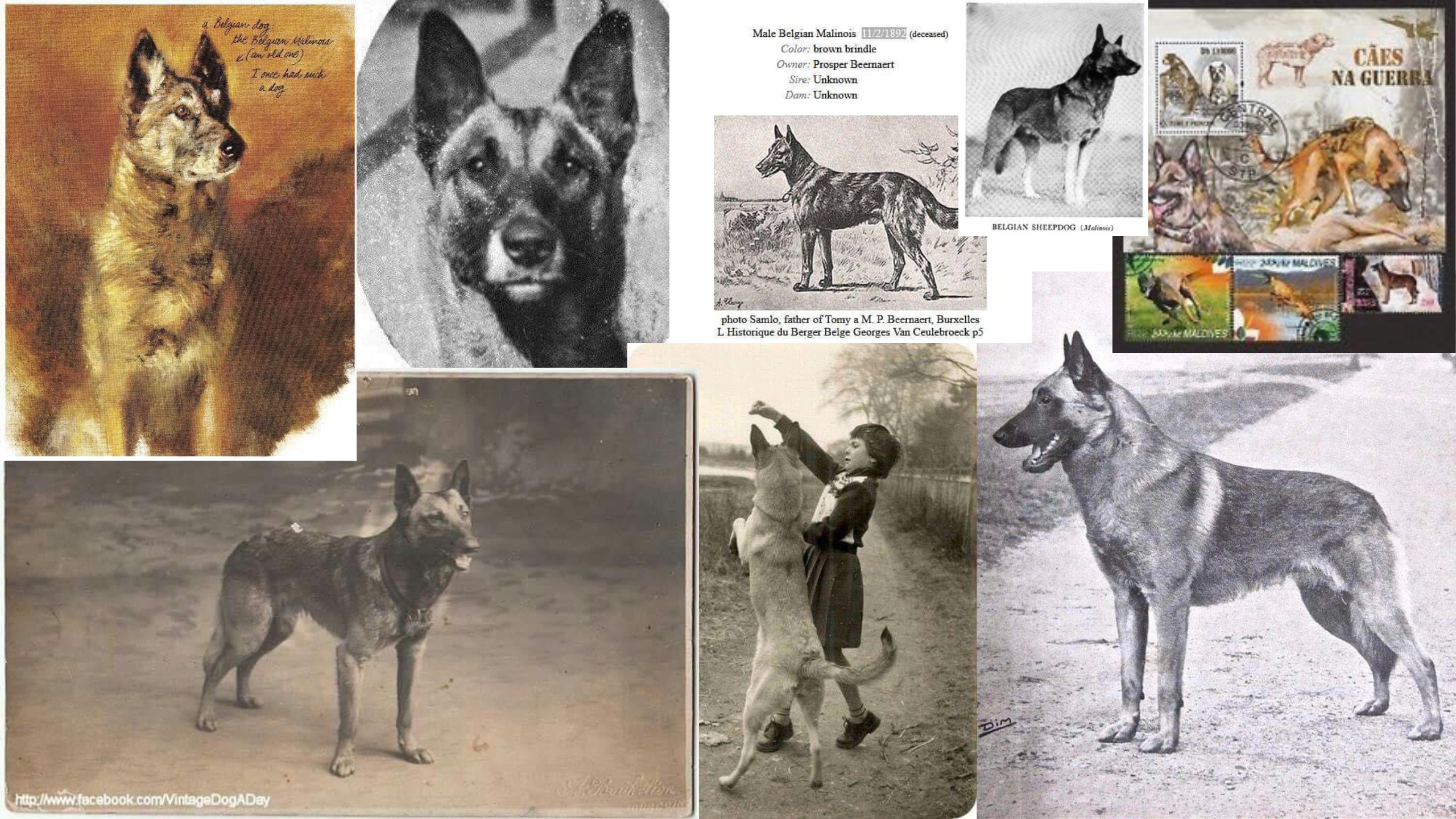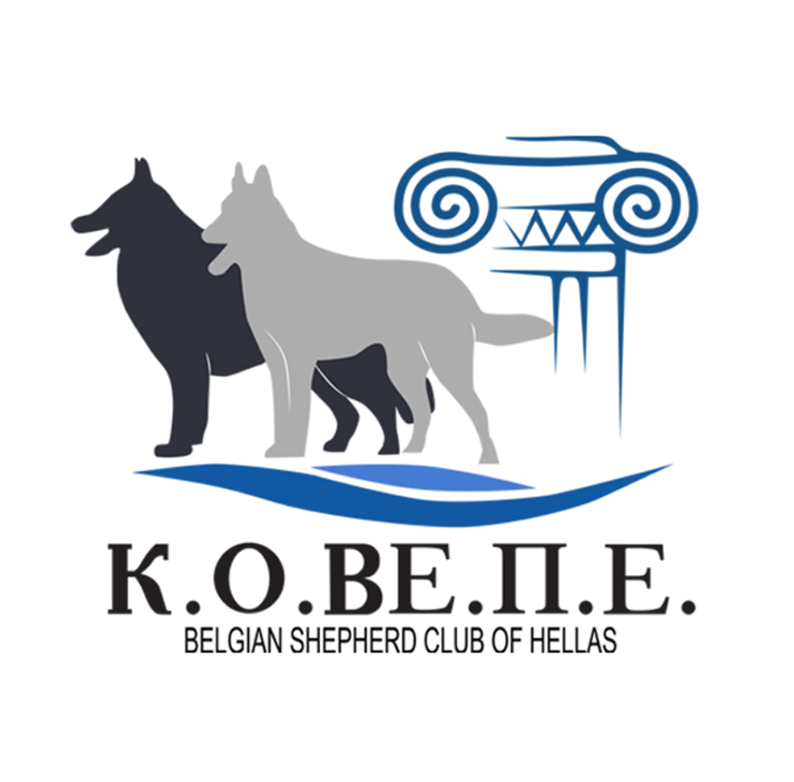
Malinois

Historical Background & General Information
The Malinois belongs to the group of Belgian Shepherds, which includes three other types: the Laekenois, the Tervuren, and the Groenendael. These types were developed by Belgian farmers and shepherds to assist in herding and protecting livestock. Until the late 19th century, there was no defined standard for these breeds, only local variations in terms of length, color, and quality of the coat. In 1891, the federal dog club in Belgium organized an exhibition to select the best representatives of Belgian Shepherds and establish a unified standard. The committee recognized four varieties based on coat type and color, naming them after the regions they originated from. The Malinois, with its short reddish-brown coat and black mask, was named after the city of Malines in Belgium. Malinois quickly became popular as working dogs due to their intelligence, energy, and willingness to cooperate with humans. They were used for various purposes such as protection, detection, search and rescue, guiding, assistance, and therapy. Malinois also participated in both World Wars, serving as guard dogs, messengers, and scouts. Malinois arrived in the United States in the early 20th century but did not gain much recognition until 1959 when the American Kennel Club (AKC) recognized them as a separate breed from other Belgian Shepherds. Since then, Malinois have gained worldwide recognition as one of the best breeds for police, military, and other security services, as well as for sports.

Appearance
The Malinois is a balanced, square-shaped dog with a harmonious outline and a proud carriage of the head and neck. It is strong, agile, with well-defined muscles, intelligent, and full of vitality. Its overall conformation gives somewhat the impression of depth and endurance without being heavy. When viewed from the side, the topline of the body, the front, and rear legs appear very similar, forming a square. The triangular ears are erect. The male dog is somewhat more impressive and larger in comparison to the female, while the female should have a distinctly feminine appearance.

Coat
The coat is very short on the head, the outer side of the ears, and the lower part of the legs. It is short on the rest of the body and denser around the neck, forming a collar or mane that starts from the base of the ear and extends to the throat. Also, the hindquarters are covered with longer hair. The tail is shaped like a sheaf.

Temperament
The correct temperament is a fundamental requirement for the working character of the Malinois. It should be confident and not exhibit cowardice, nervousness, or aggression in new situations. The Malinois may be cautious with strangers but affectionate with its own people. By nature, it's protective of its family and property without being unreasonably aggressive. It has a strong desire to work and responds quickly to its handler's commands. It's an observant, brave, strong, intelligent, willing worker, with great endurance and strong bonds with its people.

